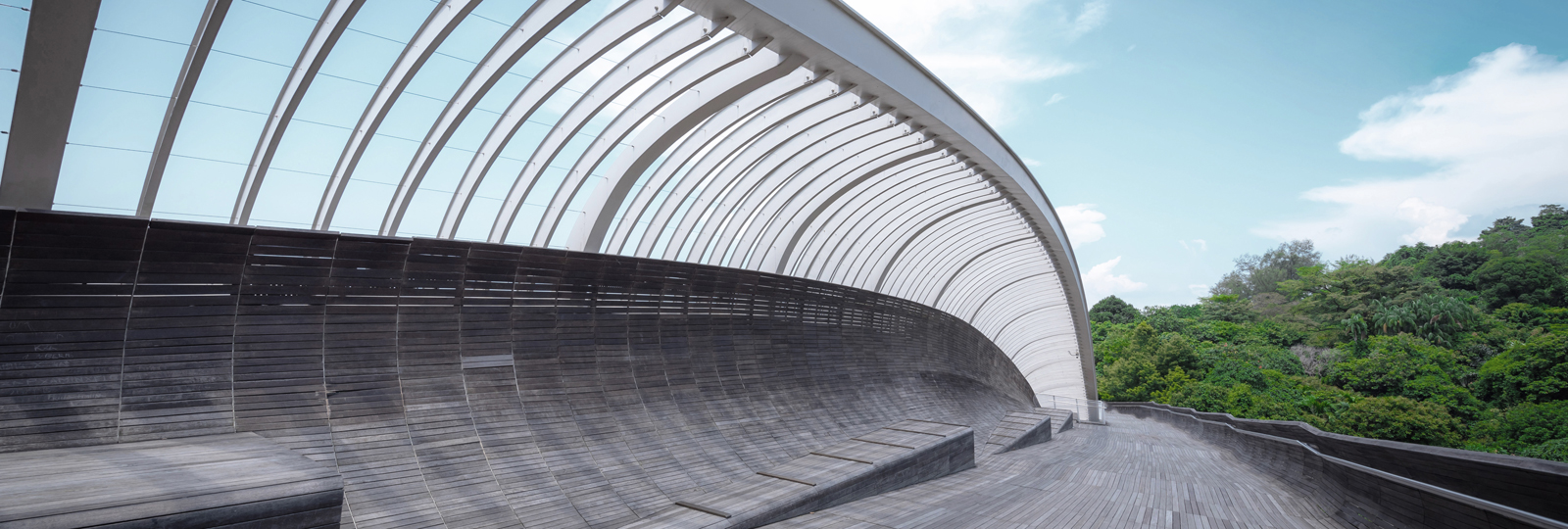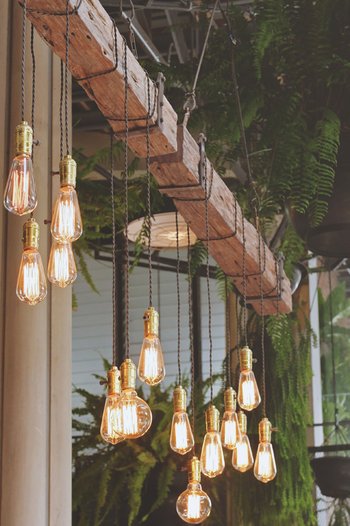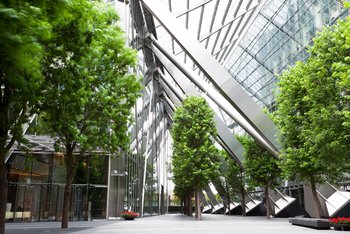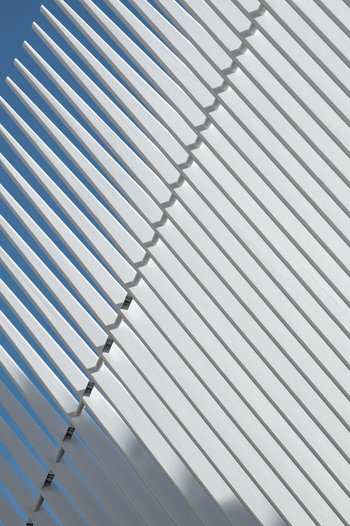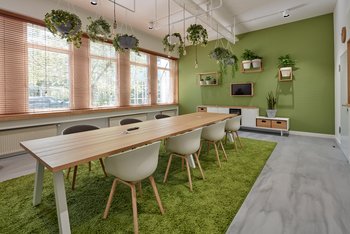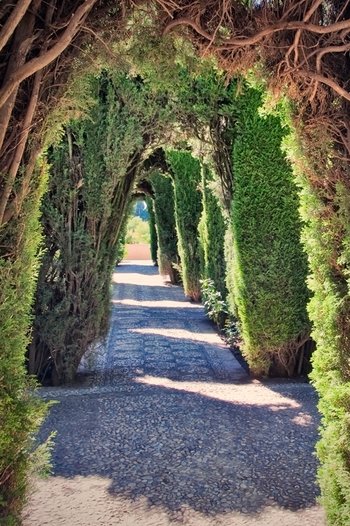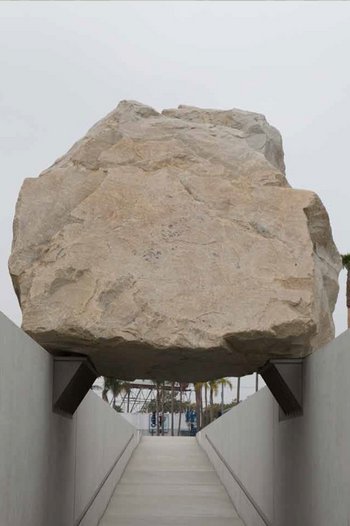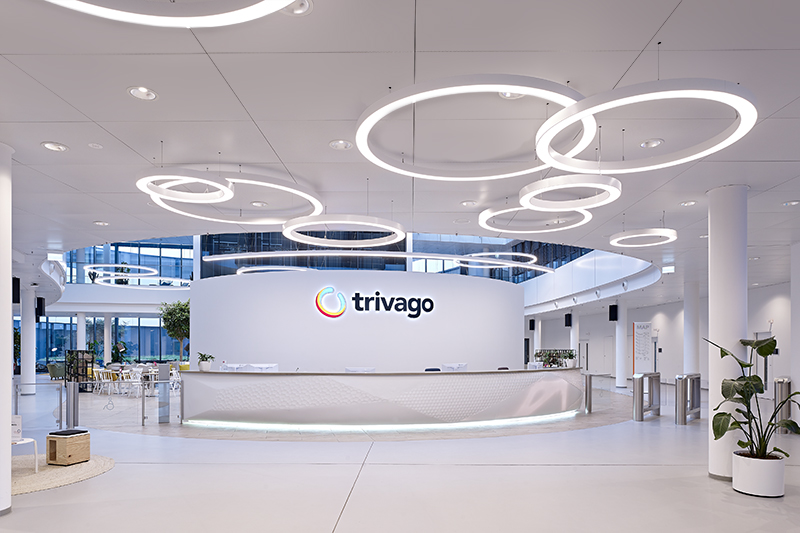Biophilic design
Photos: ©istockphoto/Kapook2981 (Henderson Bridge), ©istockphoto/Luseen,
©istockphoto/B&M Noskowski This article appeared in colore 19#grassgreen Order the print edition by emailing: kontakt@brillux.de
A new term in German is enriching the architecture scene, finding supporters and enthusiasts, critics and skeptics. Biophilic design represents the integration of nature into architecture, connecting exteriors and interiors, the reconciliation of green and glass. But is this more than just a trend?
How to get into the forest…
It all began with Henry David Thoreau. To be more precise, with his friend Ralph Waldo Emerson, a natural philosopher, who followed in the footsteps of Jean Jacques Rousseau. He rhapsodized about living close to nature, of human health in the midst of blooming nature, of living free in amongst the wilderness. Thoreau put this theory into practice and built a log cabin on the banks of the Walden Bound, a lake deep in the forests of Massachusetts. After two years, and richer in knowledge, Thoreau wrote a book about his experiences; which even today is still a bestseller for enthusiasts, visionaries, and eccentrics alike: “Walden: Life in the Woods”.Published in 1854, this idyllic account of outsider life has had a lasting influence, even on the beatniks and hippies of the 1960s. And these days, contemporary designers are reflecting on the primary influence of nature on architecture. The magic word is biophilic design. This term also harks back to a writer, the German philosopher Erich Fromm. Tautologically, biophilia can be easily understood as the love of life (and the living).
The 14 commandments of biophilic design
To meet the critical needs of a sustainable future,www.terrapinbrightgreen.com/ - external-link-new-window https://www.terrapinbrightgreen.com/>terrapin bright green is coming up withnew approaches. The institution is committed to reconnecting people with their environment, to shape a healthy, regenerative future. As such, these 14 commandments cover the key points of biophilic design:
- Visual connection to nature: Looking at nature: the view of natural elements, systems, processes.
- Non-visual connection to nature: Acoustic, haptic, olfactory, and gustatory stimuli that evoke positive associations with nature.
- Arrhythmic sensory stimuli: Irregular but recurring stimuli are interesting and stimulating for people. These include bees that are drawn to flowers or chirping birds.
- Changes to thermals and drafts: Subtle fluctuations in temperature, humidity and air movement; sensations that are felt on the skin.
- Proximity to water: Seeing, hearing or feeling water encourages concentration and awareness and reduces stress symptoms.
- Dynamic and diffuse light: Changes in the intensity of light and shadow over time.
- Connection to natural systems: Awareness of natural processes and the changing of seasons as signs of a healthy ecosystem. ANALOGIES TO NATURE
- Biomorphic patterns: References to shapes, patterns, and textures that occur naturally, for example honeycomb and fur.
- Natural materials: The use of materials that are tied to an ecological or geological environment.
- Order and complexity: The design and arrangement of items in fractals. THE NATURE OF THE SPACE
- Views: An unobstructed view over larger spaces and distances, in far-reaching rooms or from balconies over cities.
- Refuge: A place where residents in a house or employees in an office can retreat to and feel safe and secure.
- Secrecy: Restricting views, so that exploration of a space is encouraged, revealing hidden information.
- Risk: The element of risk ensures thrills, but should be safely controlled; for example, a stable glass bottom at height or water that must be crossed by stepping stones.
From empirical evidence to theory
Things that have been proven by studies today were understood intuitively in the 19th century. Along with the industrial revolution and the growth of behemoth cities came the need to bring green into the gray, to contrast green lungs with the steam engines and foundries. Central Park in New York and the English Garden in Munich are just two examples of integrating pseudo-paradisaical green spaces into hemmed-in gray zones. Their deliberate naturalness, their planned architectural garden design suggest nature, where culture is at work. Yet there is good reason for biophilic design to primarily be applied in the world of work, as the current trend shows. Across the globe, more than half of all office employees work somewhere where there is no natural light; many offices have fewer square meters of space than the prescribed area of an individual cell in a German prison. Even in large offices, efficiency, concentration, and creativity are rather underexposed. And more and more studies are demonstrating the feel good-factor of biophilic design. They claim that children learn better in schools featuring biophilic design, that sick people get better faster in biophilic hospitals, and that employees work more efficiently in biophilic offices. Do these studies really check out? We asked ten architects from all over Germany and not one knew the term. However, following an explanation, each one could name at least one example of biophilic design in their area. An artist’s residence near Bremen, a detached family home in Gelsenkirchen, an ad agency in Cologne. In this last example, the conference room has been decorated with birch cones from floor to ceiling, staff sit on tree stumps during meetings, and the table is a single piece of almost-untreated wood. Supposedly, the conferences now tend to take just 20 minutes instead of an hour and the results are more creative. Whether this stems from the wooden decor or homeopathic imagination doesn’t have an effect on the results. One thing is for sure: An architect who designs according to the principles of biophilic design can explain their drafts with the effect in mind and back up their knowledge with science.
Some companies are using this feel-good concept to the benefit of their employees, making office spaces greener, and making water run down glass walls. Green walls are used to humidify the air and improve the room air climate, but also absorb pollen and pollutants. Allergy sufferers will certainly appreciate that. The result? Employees enjoy the innovative workplace and experience significantly better health. In addition to the improvement in occupational health, the shortage of skilled workers is a significant driver of biophilic design. Those who feel comfortable working for eight hours in the same environment, enjoy their work – and are more motivated and efficient. Large companies such as BMW, Google, and Apple have already recognized this and designed their workspaces accordingly. Implementation in an existing building is however much more difficult than new builds that are planned around biophilic design. Primroses on the window sill don’t quite create a natural experience, a revegetated roof is far from an oasis of well-being.
The "Biophilic Level"
Five factors determine the degree of biophilic design that a building has achieved. They can be very differently implemented and should ideally be connected.
- Does the building have a view of greenery, or a natural environment, from the majority of its rooms?
- Is the building is flooded with light and does it have natural interior design?
- Are the walls and floors, as well as furniture and furnishings, made from natural materials?
- Is the building is landscaped with plants and water elements that ensure a comfortable indoor climate and exude coziness?
- Are decorative elements made of stone or wood in natural forms, that represent restful visual elements?

These dimensions are suitable for a quick check of the “biophilic level” of a property, as a quick means of ‘diagnosis’ for practicing architects. To implement and integrate health and natural aspects into architectural practice, environmental strategists and architects from Terrapin Bright Green have developed 14 basic patterns that follow biophilic design. They provide assistance, from abstract idea right through to actual implementation, from furniture materials to room effect, from the play of light to background noise. For this post, we’ve translated 14 golden rules of green design into German, for the very first time.
As examples of biophilic ensembles, representatives of this aesthetic prefer spiritual places such as the Vatican Gardens or the Alhambra in Granada. Modern examples such as the Pulitzer Foundation in St. Louis, built by Tadao Ando, and the Denver Art Museum by Daniel Libeskind, or the new thermal spas in Bucharest. Of course, these are representative buildings, which are more easily available to observers than the headquarters of Google and Apple. Whether this ‘love of life’ has long-lasting appeal remains to be seen. Research is picking up speed, and for architects, it’s worth getting on board. There is a good deal to suggest that biophilic design is more of a tendency than a trend, that it will be a long-term element, and not just boring theory. And what do the forefathers of the movement have to say? Henry David Thoreau ended his main piece of work with a rather critical outlook, yet remained hopeful. The final sentence? “The light which puts out our eyes is darkness to us. Only that day dawns to which we are awake. There is more day to dawn.”
